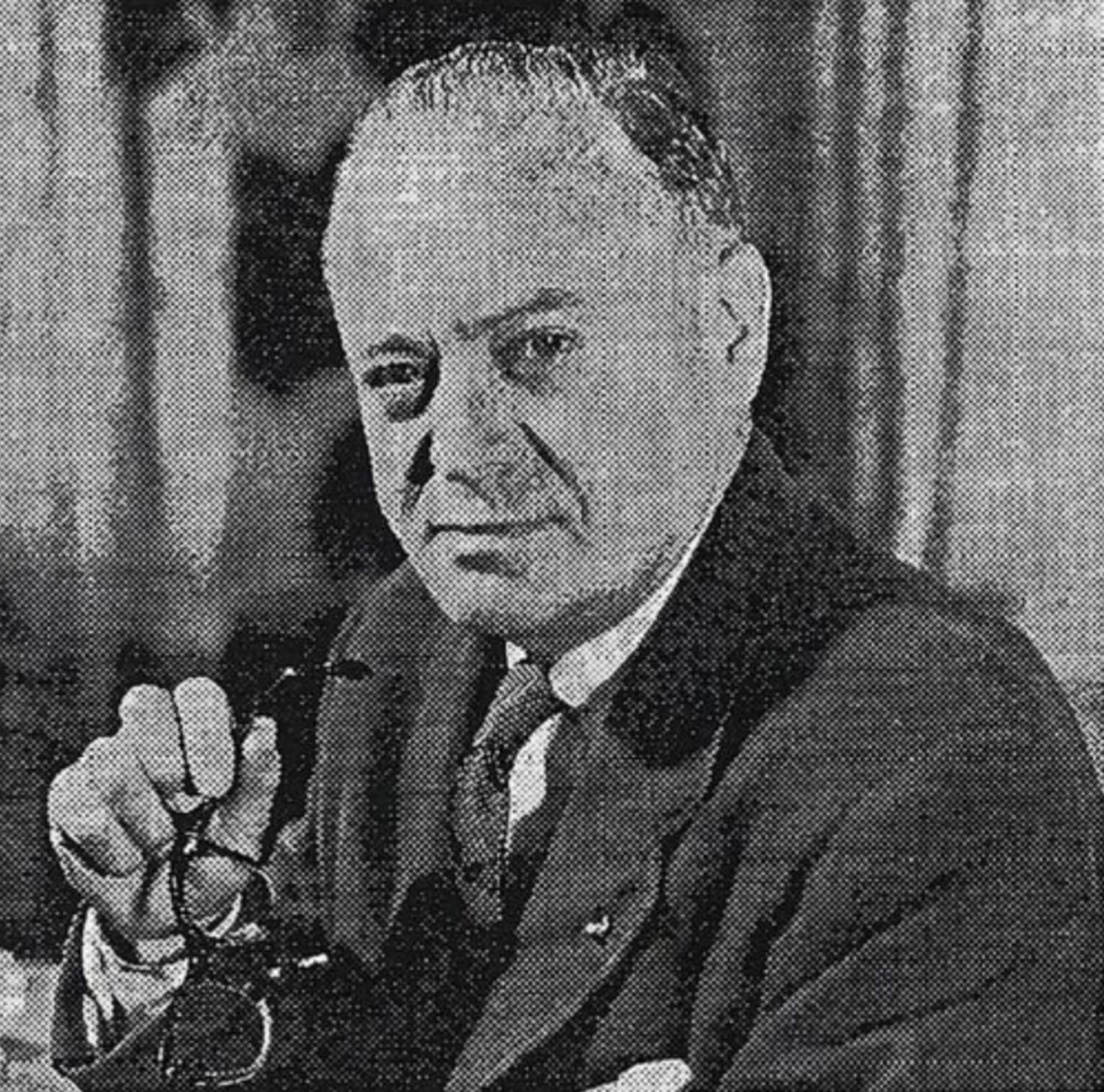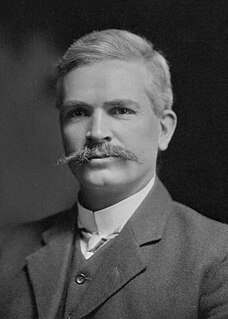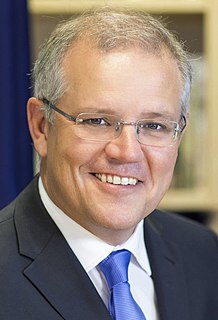The Liberal and Country League (LCL) was the major conservative party in South Australia from 1932 to 1974. In its 42-year existence, it spent 34 years in government, mainly due to an electoral malapportionment scheme known as the Playmander, introduced by the LCL government in 1936, which saw a change from multi-member to single-member seats in the lower house, a reduction of MPs from 46 to 39, and two-thirds of seats to be located in rural areas. This arrangement was retained even as Adelaide, the state capital, grew to two-thirds of the state's population. The most populous Adelaide-area seats had as much as 5–10 times the number of voters than the least populous rural seats − at the 1968 election the rural seat of Frome had 4,500 formal votes, while the metropolitan seat of Enfield had 42,000 formal votes. As a result, the Labor opposition won comprehensive majorities of the statewide two-party vote against the LCL whilst failing to form government on three occasions: 1944, 1953, 1962 and 1968. Additionally, with a decisive advantage to the LCL, swing voters may have been more likely to vote for the expected status quo LCL government.

The United States Senate elections of 1952 was an election for the United States Senate which coincided with the election of Dwight D. Eisenhower to the presidency by a large margin. The Republicans took control of the senate by managing to make a net gain of two seats, which was reduced to one when Wayne Morse (R-OR) became an independent. The Republicans still held a majority after Morse's switch. This election was the second time in history that the party in power lost their majority and the Senate Majority Leader lost his own re-election bid.

Federal elections were held in Australia on 1 December 1984. All 148 seats in the House of Representatives and 46 of 76 seats in the Senate were up for election. The incumbent Labor Party led by Prime Minister Bob Hawke defeated the opposition Liberal–National coalition, led by Andrew Peacock.
Federal elections were held in Australia on 12 December 1906. All 75 seats in the House of Representatives, and 18 of the 36 seats in the Senate were up for election. The incumbent Protectionist Party minority government led by Prime Minister Alfred Deakin retained government, despite winning the fewest House of Representatives votes and seats of the three parties. Parliamentary support was provided by the Labour Party led by Chris Watson, while the Anti-Socialist Party, led by George Reid, remained in opposition.

Federal elections were held in Australia on 18 October 1980. All 125 seats in the House of Representatives and 34 of the 64 seats in the Senate were up for election. The incumbent Liberal–NCP coalition government, led by Prime Minister Malcolm Fraser, was elected to a third term, defeating the opposition Labor Party led by Bill Hayden.

Federal elections were held in Australia on 10 December 1977. All 124 seats in the House of Representatives and 34 of the 64 seats in the Senate were up for election.

Federal elections were held in Australia on 13 December 1975. All 127 seats in the House of Representatives and all 64 seats in the Senate were up for election, due to a double dissolution.

Federal elections were held in Australia on 18 May 1974. All 127 seats in the House of Representatives and all 60 seats in the Senate were up for election, due to a double dissolution. The incumbent Labor Party led by Prime Minister Gough Whitlam defeated the opposition Liberal–Country coalition under Billy Snedden.

Federal elections were held in Australia on 10 December 1955. All 122 seats in the House of Representatives and 30 of the 60 seats in the Senate were up for election. An early election was called to bring the House and Senate elections back in line; the previous election in 1954 had been House-only. The incumbent Liberal–Country coalition led by Prime Minister Robert Menzies increased its majority over the opposition Labor Party, led by H. V. Evatt.

Federal elections were held in Australia on 28 April 1951. All 121 seats in the House of Representatives and all 60 seats in the Senate were up for election, due to a double dissolution called after the Senate rejected the Commonwealth Bank Bill. The incumbent Liberal–Country coalition led by Prime Minister Robert Menzies defeated the opposition Labor Party with a modestly reduced majority, and secured a majority in the Senate. Chifley died just over a month after the election.

Federal elections were held in Australia on 10 December 1949. All 121 seats in the House of Representatives and 42 of the 60 seats in the Senate were up for election. The incumbent Labor Party, led by Prime Minister Ben Chifley, was defeated by the opposition Liberal–Country coalition under Robert Menzies. Menzies became prime minister for a second time, his first term having ended in 1941.

Federal elections were held in Australia on 31 May 1913. All 75 seats in the House of Representatives, and 18 of the 36 seats in the Senate were up for election. The incumbent Labor Party, led by Prime Minister Andrew Fisher, was defeated by the opposition Commonwealth Liberal Party under Joseph Cook. The new government had a majority of just a single seat, and held a minority of seats in the Senate. It would last only 15 months, suffering defeat at the 1914 election.

Federal elections were held in Australia on 13 April 1910. All 75 seats in the House of Representatives, and 18 of the 36 seats in the Senate were up for election. The incumbent Commonwealth Liberal Party led by Prime Minister Alfred Deakin was defeated by the opposition Labour Party, led by Andrew Fisher.
This is a list of members of the Australian Senate from 1951 to 1953. The 28 April 1951 election was a double dissolution called by Prime Minister of Australia Robert Menzies in an attempt to gain control of the Senate and to pass a bill to ban the Communist Party of Australia, if necessary at a joint sitting of both houses. All 121 seats in the House of Representatives, and all 60 seats in the Senate were up for election. The incumbent Liberal Party of Australia led by Menzies with coalition partner the Country Party led by Arthur Fadden defeated the Australian Labor Party led by Ben Chifley and gained control of the Senate with 32 seats to Labor's 28.
This is a list of members of the Australian Senate from 1 July 1950 to 28 April 1951. The Senate was expanded from 36 to 60 seats as a result of legislation passed in 1948, which came into effect on 22 February 1950. The membership of the newly expanded Senate broke down as follows:
This is a list of members of the Australian Senate from 1 July 1947 to 30 June 1950. Half of its members were elected at the 21 August 1943 election and had terms starting on 1 July 1944 and finishing on 30 June 1947; the other half were elected at the 28 September 1946 election and had terms starting on 1 July 1947 and finishing on 30 June 1953.
The United States Senate elections of 1840 and 1841 were elections which, corresponding with their Party's success in the 1840 presidential election, had the Whig Party take control of the United States Senate.
The United States Senate elections of 1830 and 1831 were elections that had Jacksonians gain one seat in the United States Senate from the Anti-Jacksonian coalition, but lose one seat to the short-lived Nullifier Party. By the time Congress first met in December 1831, however, the Jacksonians had a net loss of one seat.

The 2019 Australian federal election will elect members of the 46th Parliament of Australia. The election will be called following the dissolution or expiry of the 45th Parliament as elected at the 2016 double dissolution federal election.












